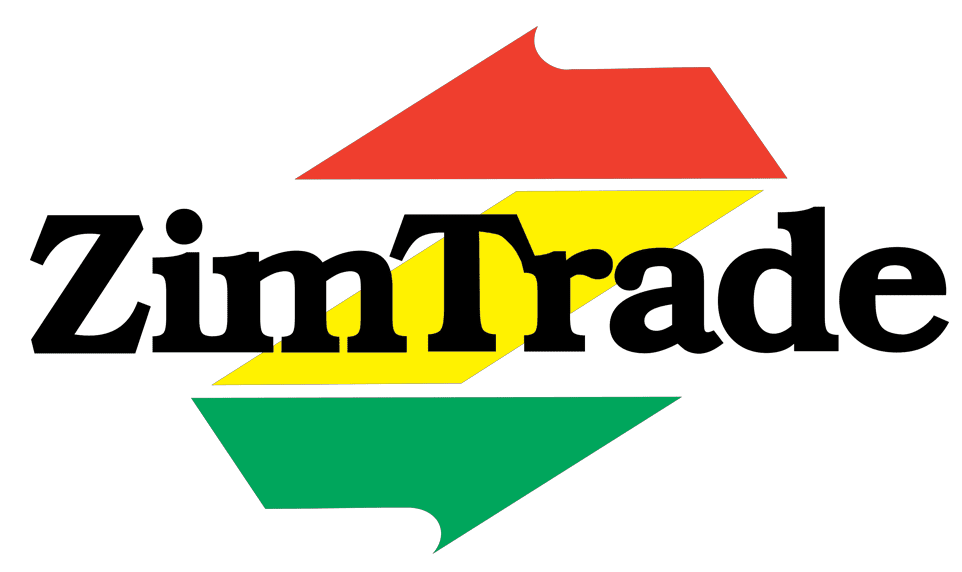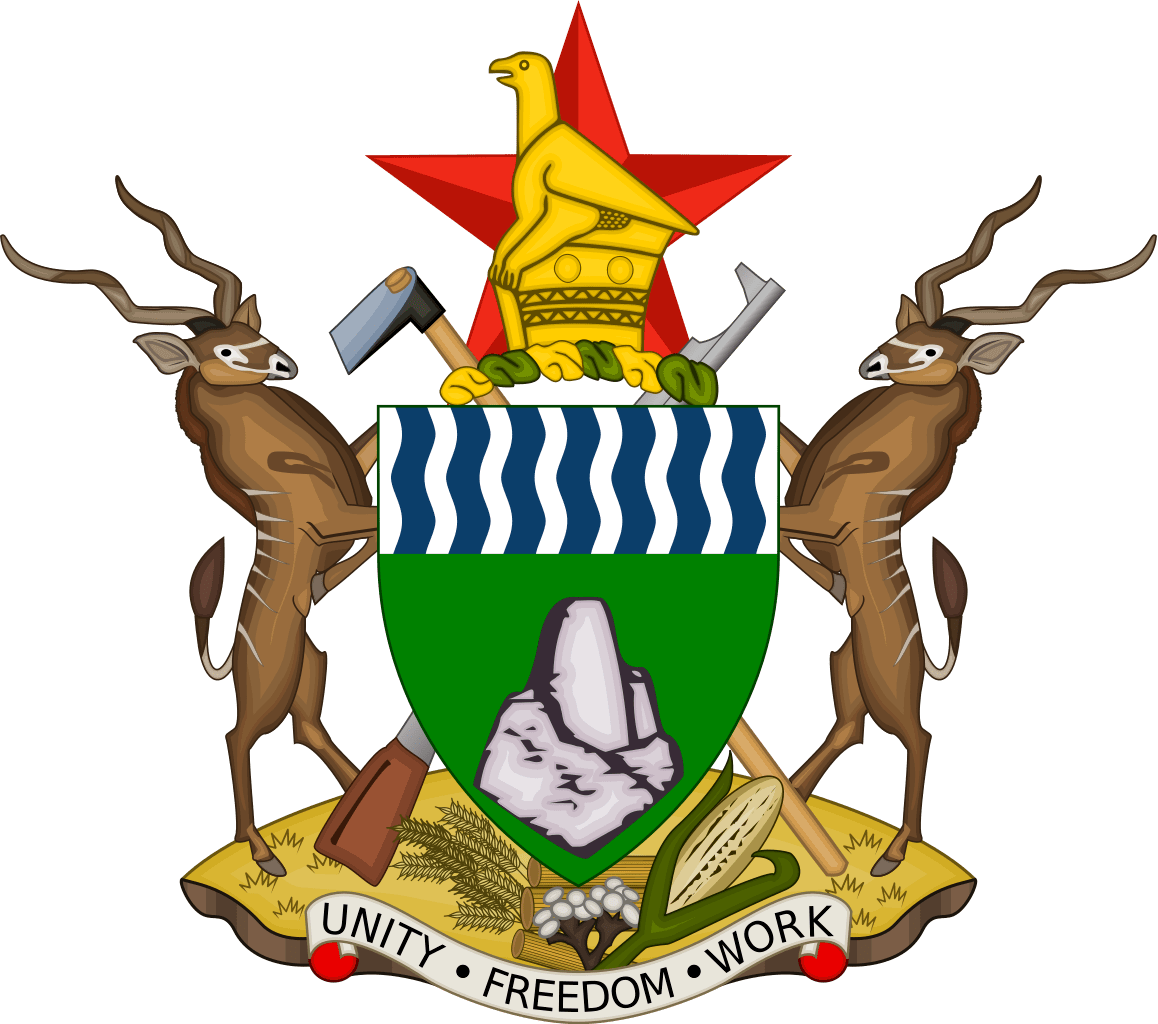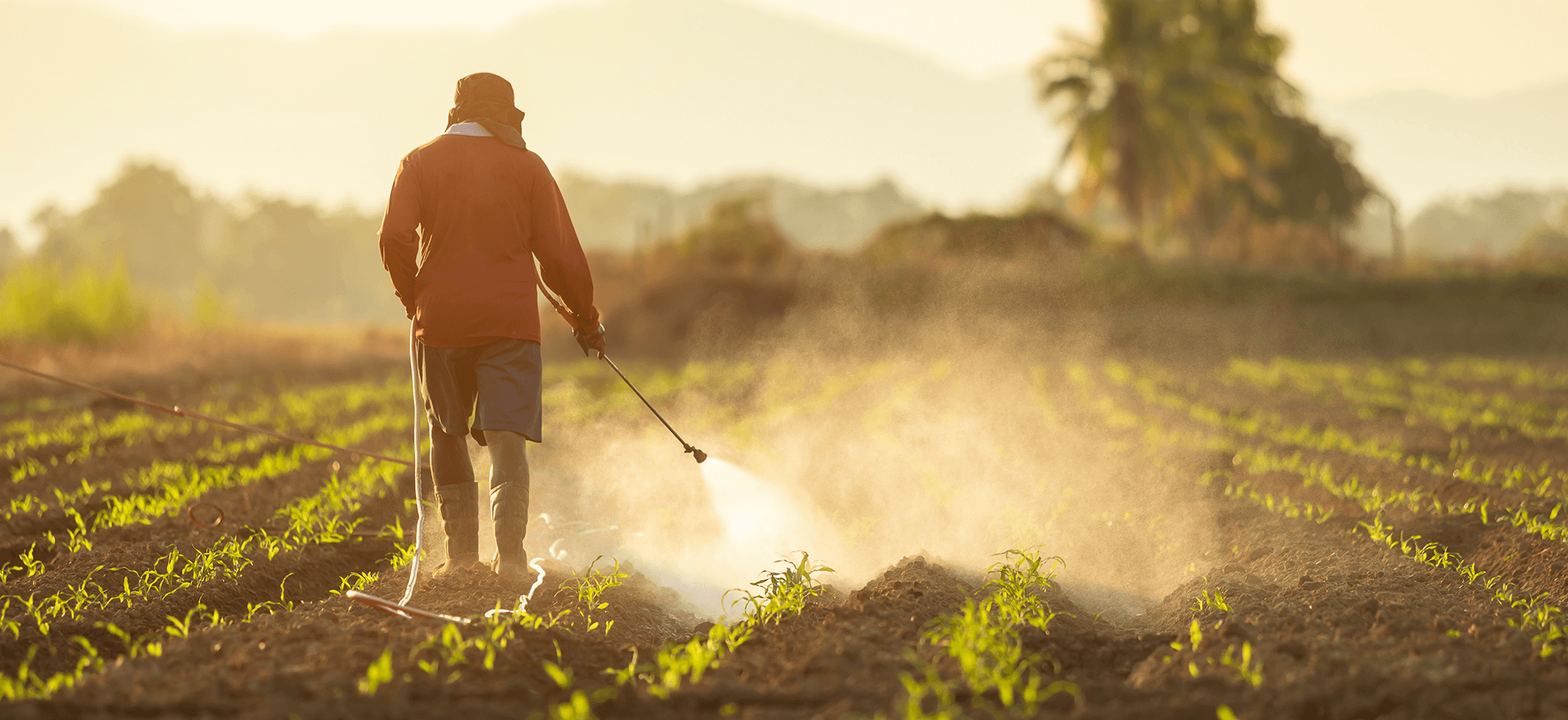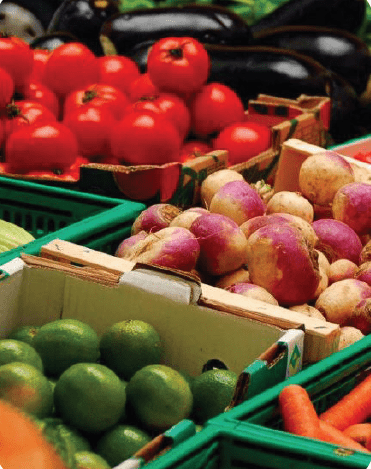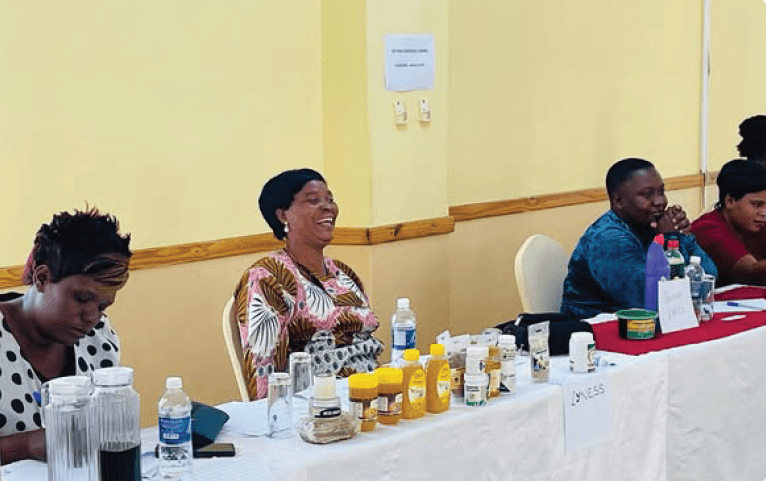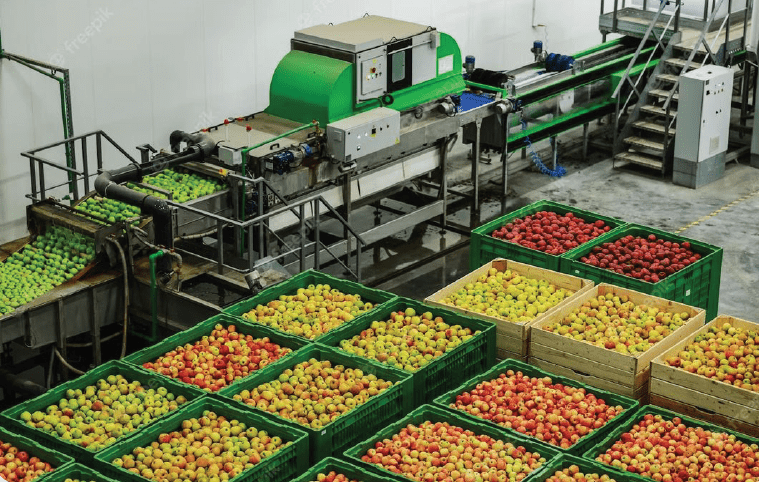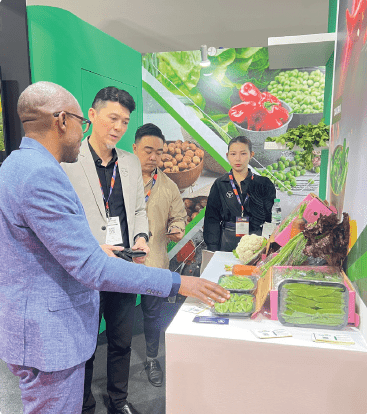The prioritization of agriculture by President E.D Mnangagwa’s Second Republic is positioning Zimbabwe as a significant player in Africa’s agrochemical sector.
The growth in the agriculture sector in general follows President Mnangagwa’s emphasis on agricultural modernization and industrialization, which is creating opportunities for local companies to expand into new markets with a range of diversified agrochemical products and services.
This by no doubt is placing Zimbabwe in a competitive position within Africa’s growing agricultural landscape, in particular regional markets such as Mozambique, Zambia, Botswana, and Tanzania.
The agrochemical sector encompasses products like fertilizers, pesticides, and other agricultural inputs.
The agrochemical industry in Zimbabwe is experiencing a shift, with local manufacturers scaling up production to meet needs in the continent and beyond.
Local processing of key raw materials used in the production of agrochemicals is allowing companies to reduce reliance on imports and offering cost-effective solutions tailored to farming systems on the continent.
This is strengthening the competitiveness of Zimbabwean products in across all Southern African markets.
In addition, the developments in the agrochemical sector are covering both production and adoption of current sustainability and innovation trends.
For example, local manufacturers are adopting environmentally friendly agrochemical solutions, which are positioning Zimbabwe as a responsible player in regional value chains.
With these developments, Zimbabwe is well-placed to achieve sustained export growth of agrochemicals, particularly within the Southern African Development Community (SADC) and across Africa.
Global market size
According to Trade Map 2024, global imports of agrochemicals reached US$144,3 billion in 2023, reflecting a robust growth trajectory.
Within this global context, the SADC market alone imported US$4,4 billion worth of agrochemicals in 2023, up from US$2,7 billion in 2019.
COMESA imports showed similar growth, climbing to US$4,9 billion in 2023 from US$3,1 billion in 2019.
Africa’s agrochemical market is highly competitive, with imports dominated by countries such as China, Morocco, and Russia.
According to Trade Map, China alone accounted for US$2.2 billion in exports to African countries in 2023, followed by Morocco at US$1,1 billion and Russia at US$816 million.
Regional producers like South Africa and Egypt are also significant players, exporting US$685 million and US$563 million, respectively.
This competitive environment underscores the need for Zimbabwean companies to carve out a niche, potentially focusing on innovative, eco-friendly agrochemicals or leveraging proximity to regional markets to reduce logistical costs.
Analysis of bilateral trade data between African countries reveals that specific product categories present significant opportunities for Zimbabwean exporters.
Mineral or chemical fertilizers containing nitrogen, phosphorus, and potassium (NPK) dominate regional demand, with imports in African markets reaching US$1,4 billion in 2022.
Similarly, products like insecticides, herbicides, and fungicides – essential for improving crop yields, saw imports of US$296 million within African markets in 2023.
Key opportunities
The global and regional agricultural sectors are expanding, and the demand for agrochemicals continues to rise, presenting Zimbabwe with a unique opportunity to tap into these markets and drive export-led growth.
Closer to home, the demand for fertilizers and crop protection products is growing across Southern Africa due to the region’s reliance on agriculture as a key economic activity.
The potential for export growth is particularly high in countries such as Zambia, Malawi, and Mozambique, which are all experiencing an increase in agricultural activity.
As demand for fertilizers and crop protection products increases in these countries, Zimbabwean companies are well-positioned to capitalize on this growth by offering cost-effective solutions that cater to the specific agricultural needs of each market.
For example, the different priority crops in different SADC markets all present opportunities for specialized agrochemical products.
In addition to existing opportunities, several emerging trends in the agrochemical market across Southern Africa present further growth potential for Zimbabwe.
One key area of interest is the rising demand for specialized agrochemicals tailored to combat new and evolving agricultural challenges.
With climate change impacting crop yields, many countries in the region are facing new pest and disease pressures.
This has created a need for advanced pest management solutions and fungicides.
Zimbabwean companies that focus on the development and supply of pest-resistant agrochemicals, particularly those suited to new challenges such as fall armyworm infestations in maize, can secure a competitive advantage.
Another emerging trend is the demand for more efficient and environmentally sustainable agrochemicals.
With African farmers embracing sustainable farming practices, the market for organic and bio-based pesticides and fertilizers is growing.
As the push for reduced environmental impact, Zimbabwean companies with the ability to produce eco-friendly products, such as bio-pesticides and organic fertilizers, are well-positioned to meet the needs of this evolving market.
Additionally, there is a growing need for agrochemicals that cater to precision farming, a practice gaining traction across the continent.
Precision farming involves the use of technology to optimize the use of inputs like water, nutrients, and pesticides.
Agrochemical companies that can provide products compatible with this high-tech approach will find new market opportunities, especially in more advanced agricultural economies such as South Africa and Namibia.
Companies in Zimbabwe can invest in the research and development of precision agrochemical solutions that cater to this need, giving them a foothold in a burgeoning market.
Further to this, the expansion of agro-industrial parks across Africa is also an important development for Zimbabwe’s agrochemical sector.
These parks, supported by government incentives and international funding, focus on increasing local production of agricultural inputs, including agrochemicals. Zimbabwean companies that establish a presence in these parks or partner with local businesses within them stand to benefit from reduced costs and improved access to regional markets.
In addition, the growth of agricultural programs in countries like Kenya, Ethiopia, and Egypt is creating new demand for agrochemicals.
As these countries increase their focus on large-scale commercial farming, the need for specialized agrochemical products grows.
Zimbabwe can capitalize on these export opportunities by focusing on producing fertilizers, pesticides, and herbicides designed for export crops like tea, flowers, and cotton, which are key in these markets.
In addition, Zimbabwe’s agrochemical producers looking to strengthen their presence in regional markets must leverage existing bilateral and multilateral trade agreements, such as the African Continental Free Trade Area (AfCFTA), SADC and COMESA trade agreements.
These reduce tariffs and streamline cross-border trade, enabling Zimbabwean agrochemicals to be priced competitively in neighbouring countries such as Zambia, Botswana, Namibia, and Mozambique.
For local producers, this competitive pricing advantage provides an avenue to expand their market share and establish long-term trade relationships.
Local producers looking to grow their presence in regional markets can benefit from economies of scale, driving further efficiencies in production and distribution while solidifying Zimbabwe’s role as a key agrochemical supplier in Southern Africa.
